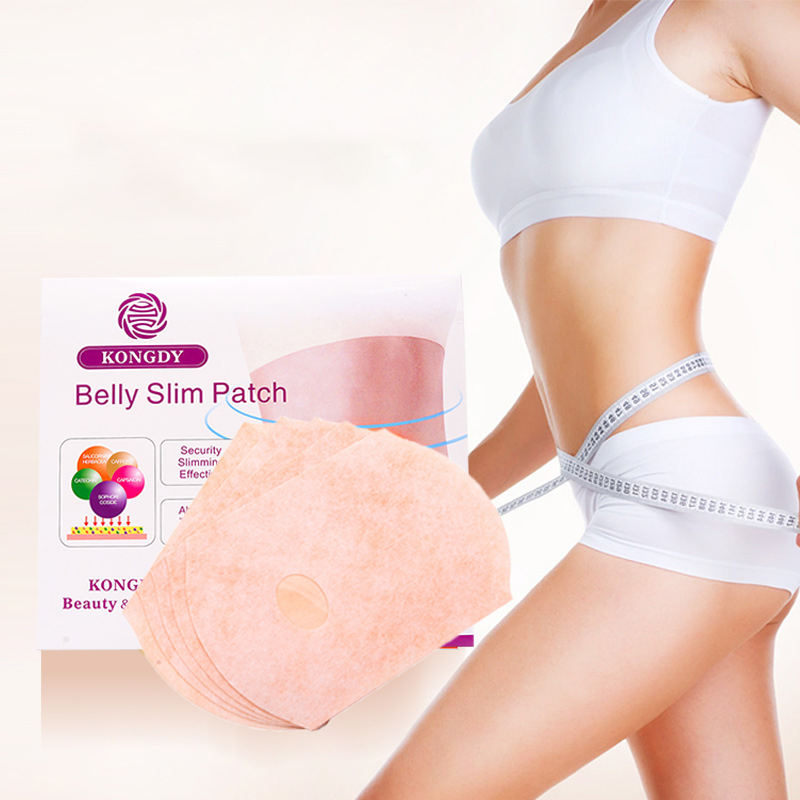Author:Kangdi 25-11-2024
The slimming patch manufacturing industry has evolved significantly, incorporating cutting-edge technology and scientific innovation to produce effective transdermal weight management solutions. Modern manufacturers combine pharmaceutical expertise with advanced production techniques to create patches that deliver active ingredients efficiently through the skin.
Manufacturing facilities employ sophisticated equipment for precise formulation and production. The process begins with careful selection of active ingredients, which may include natural extracts, minerals, and metabolism-boosting compounds. These ingredients undergo strict quality testing for purity and potency before entering production.
The manufacturing process involves complex steps requiring precise control. Manufacturers use advanced mixing systems to create uniform dispersions of active ingredients within the adhesive matrix. Specialized coating equipment ensures even distribution of the formulation onto backing materials, maintaining consistent thickness and drug loading across each patch.
Quality control is integral to the manufacturing process. Manufacturers implement automated inspection systems to check for uniform distribution of active ingredients, adhesion strength, and overall patch quality. Each batch undergoes extensive testing for release rate of active ingredients and stability under various storage conditions.
Modern facilities emphasize research and development, continuously working to improve patch formulations. They conduct studies on ingredient permeation rates, bioavailability, and patch adhesion duration. Many manufacturers collaborate with nutrition experts and researchers to optimize their formulations for maximum effectiveness.
Environmental responsibility is increasingly important in manufacturing operations. Leading manufacturers implement sustainable practices, using eco-friendly materials where possible and minimizing waste production. They invest in energy-efficient equipment and implement recycling programs for production materials.
The final products undergo comprehensive testing protocols, including assessments of ingredient stability, release patterns, and skin compatibility. Manufacturers maintain detailed documentation of all testing procedures and results to ensure compliance with regulatory requirements and quality standards.
 0086 19937104978
0086 19937104978





